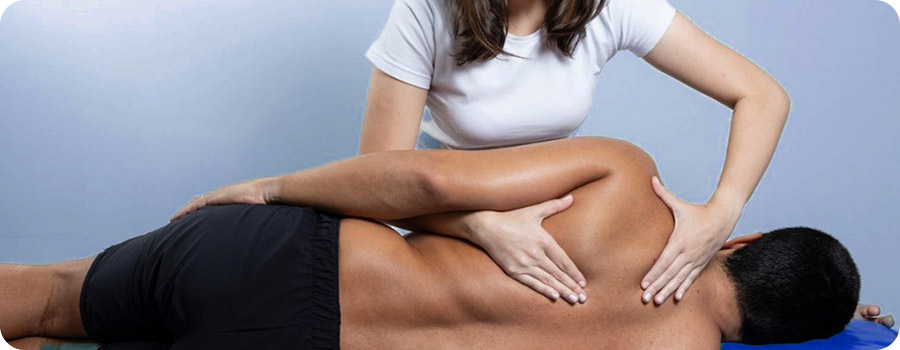What does An Osteopath Do?
Who visits an osteopath?
Osteopaths treat people of any age. An osteopath has a range of techniques they can choose from, which means they can adapt treatment to the needs of their patient. Whether you’re young or old, a rugby player or a violinist, a student or an expectant mum, there’s treatment that’s right for you.Many people come with ‘musculoskeletal’ problems – that is, pain or injuries affecting their muscles, ligaments, bones and joints. The pain might be new –perhaps following an accident – or it might have been around for years.
But pain is complicated. There are many factors that affect the way we experience it. Osteopaths are ‘holistic’ – that is, they look at all the elements that might contribute to a problem. That includes how well the body functions as a unit, plus a person’s lifestyle, nutrition, and history.
Then, osteopaths try to remove as many blocks to health as possible, giving long-lasting results.
What can osteopaths treat?
Osteopaths are experts in diagnosis. They use a myriad of tests, including medical tests such as blood pressure and nerve function, to develop a picture of what might be causing your problem, and what might be stopping it getting better.Here are just some of the problems we see in our clinic:
- Back pain, both new and long-term
- Joint pain, including arthritis, frozen shoulder, knee and hip pain
- Tendon and ligament problems, such as tennis elbow and Achilles
- Tendinitis
- Headaches and migraines
- Sports injuries
- Sciatica and other nerve problems
- Circulation problems
- Muscle cramps and spasm
- Tension, or inability to relax

What happens during an appointment?
Osteopaths ask a lot of questions! They want to know all about you. That includes the problem you’ve come for and previous medical problems, your lifestyle, activities and habits.After that, your osteopath will examine you to understand the way your body functions and what might be the root cause of your pain.
Then, your osteopath will tell you what they’ve found and how they propose to treat it. They’ll make sure you understand your options, and that you’re happy to go ahead with treatment.
Treatment itself may include several elements. Massage-type techniques aim to soften muscles, improve blood flow, reduce swelling and allow relaxation. Your osteopath might gently stretch your joints or apply short, rapid movements to improve mobility.
Sometimes, the patient takes part in the treatment. Certain muscle techniques use the patient’s activity to lengthen the muscle and improve its nerve connections to the brain.
Some techniques are very gentle and subtle, using the body’s own preferences for positions and movements to restore healthy function.
Our osteopaths are also qualified in the use of acupuncture (‘dry needling’) to alleviate pain, where appropriate.
Your osteopath will advise on the techniques they think will be most effective for you, but as a patient, you always have the right to choose how you’re treated.
Is osteopathy safe?
Yes. Osteopaths are highly trained and regulated professionals. They must fulfil ongoing requirements to remain registered, and they must be fully covered by insurance.Osteopaths are recognised by the NHS as Allied Health Professionals, in the same way as physiotherapists.
There are, of course, certain conditions that aren’t suitable for osteopathic treatment. If your osteopath feels that may be the case, they will refer you to your GP or medical specialist. You’re in safe hands!
The National Institute of Health and Clinical Excellence (NICE) recommends manual therapy such as osteopathy as a treatment option for low back pain.
Looking for an osteopath in Tunbridge Wells?
If you’re interested in finding out more about how we could help you, give us a call – we’d be happy to talk it over.Ready to book? Use our online booking page. We look forward to getting you back on the path to health!

